
Claudio Bellini
Designer Claudio Bellini once said that his dream is to take flight in a glider and then a spaceship, echoing LeCorbusier’s insight: “Flying has given us the bird’s eye view, an invaluable vantage point.” Bellini has always inhabited this privileged perch—hence, his reputation as an exacting tactician with penetrating insights into materials science. He also exemplifies the objective detachment needed to devise products for the right place and time.
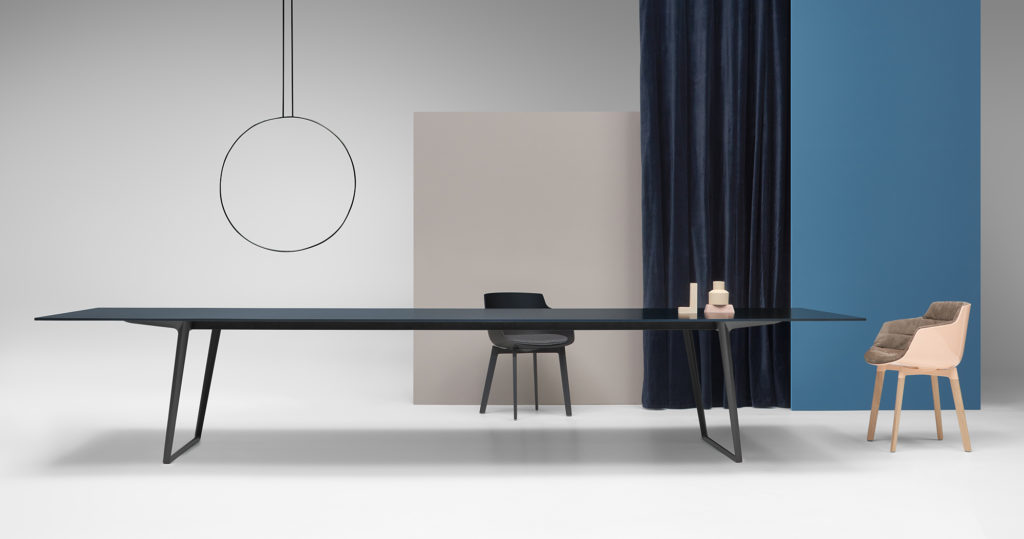
A nice place to start, then, is with Bellini’s TW (TWork) Collection for Frezza. A lively and colorful bit of workspace engineering that anticipated the flexible office (way back in ’98), Frezza is open and alive—easy to configure, re-shape, and re-shape again; and made with light, natural materials.

V.I.A. (Vertical Intelligent Architecture), for Steelcase, fast-forwards us to 2012 and the onset of modular privacy. The system is comprised of floor-to-ceiling relocatable walls, creating semi-permanent enclaves of acoustic privacy. The compromise between private and public space was and always will be a boon to office efficiency: Bellini is among those who’ve shown us the way.
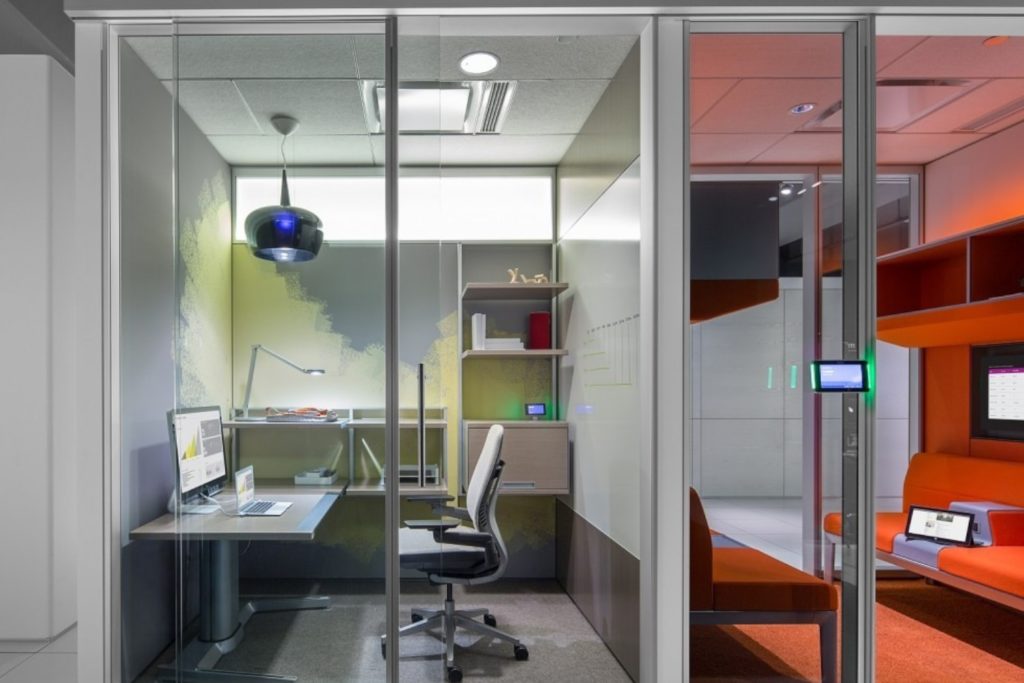
Liz-M for Walter Knoll is a more recent contribution to the workspace. The name is both a catchy personalization and a shorthand for “Less is More,” revealing the essence of this stackable, multi-purpose chair whose skin is literally its structure: “The cover is made of one piece; the knitted fabric becomes the upholstery.” This makes Liz light and lithe and primed for long-life. Since the chair is easy to separate into component parts, it’s even easier to recycle.
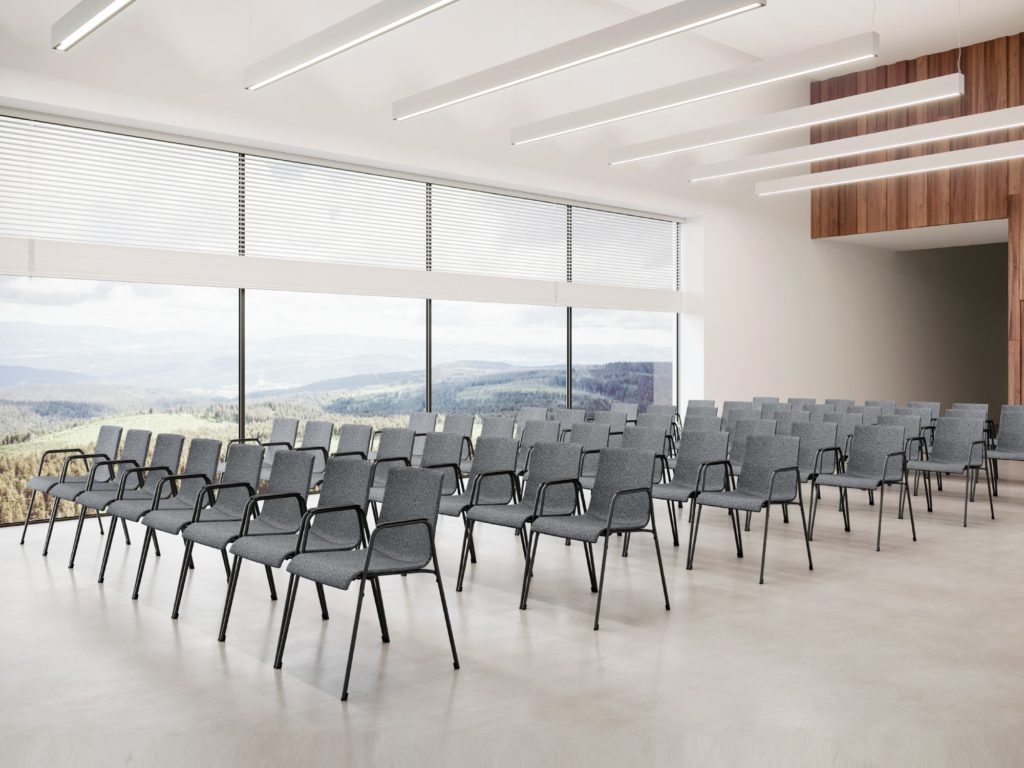
Bellini does calm and comfy too. Shift for Natuzzi Italia is a plush yet streamlined sofa with horizontal quilting and a cool conceit: each section is equipped with an adjustable headrest for maximal user comfort.
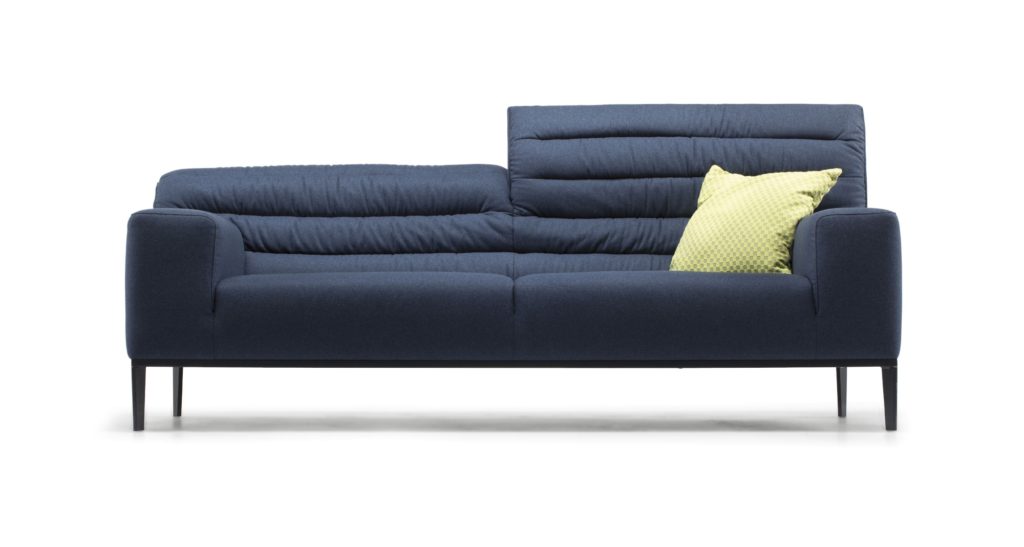
The oeuvre here extends to lighting. Zanzibar is an exotic sounding name for a utilitarian piece. The clever track lighting system for Artemide features a die-cast aluminum shade housing a penetrating eye of light. Zanzibar has a whimsical Cyclopean aesthetic that is yet relevant today—26 years past its debut.
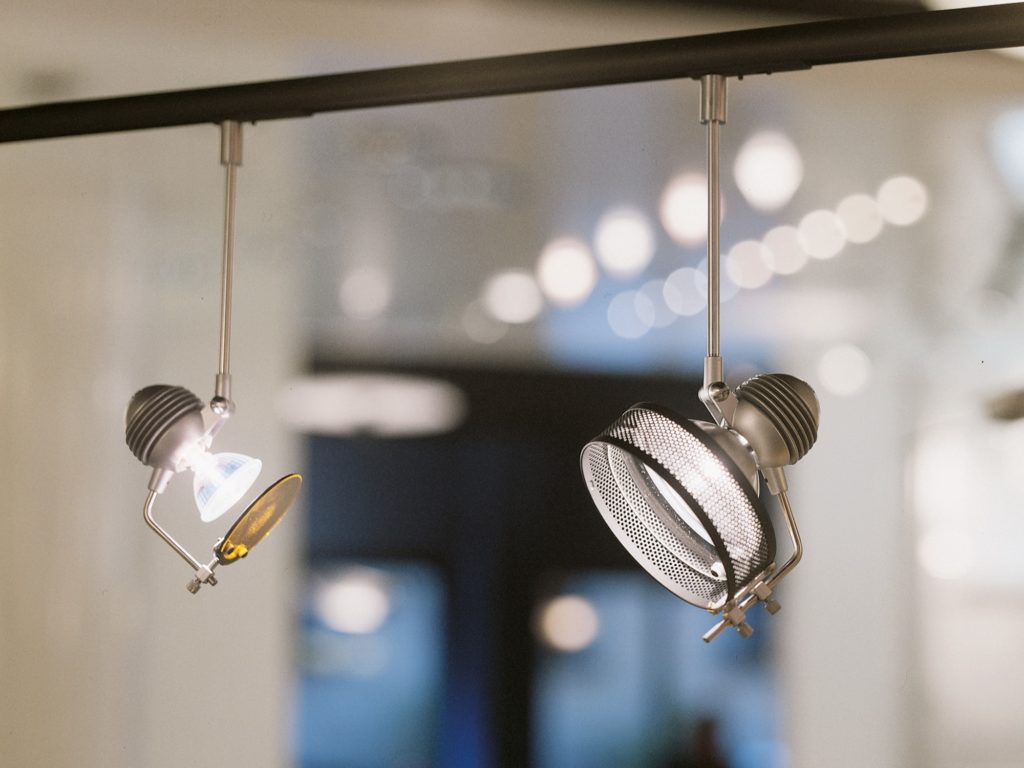
Lastly we segue to the lavatory for Vitra’s Equal. In concept and execution, this bathroom is all about balance—“basic geometric forms obsessively shaped by simplicity.” Equal strives for compromise between straight and round, severe and shapely, simple and sophisticated, achieving a compromise that shuts out the noise while satisfying the senses—all that one could ask.
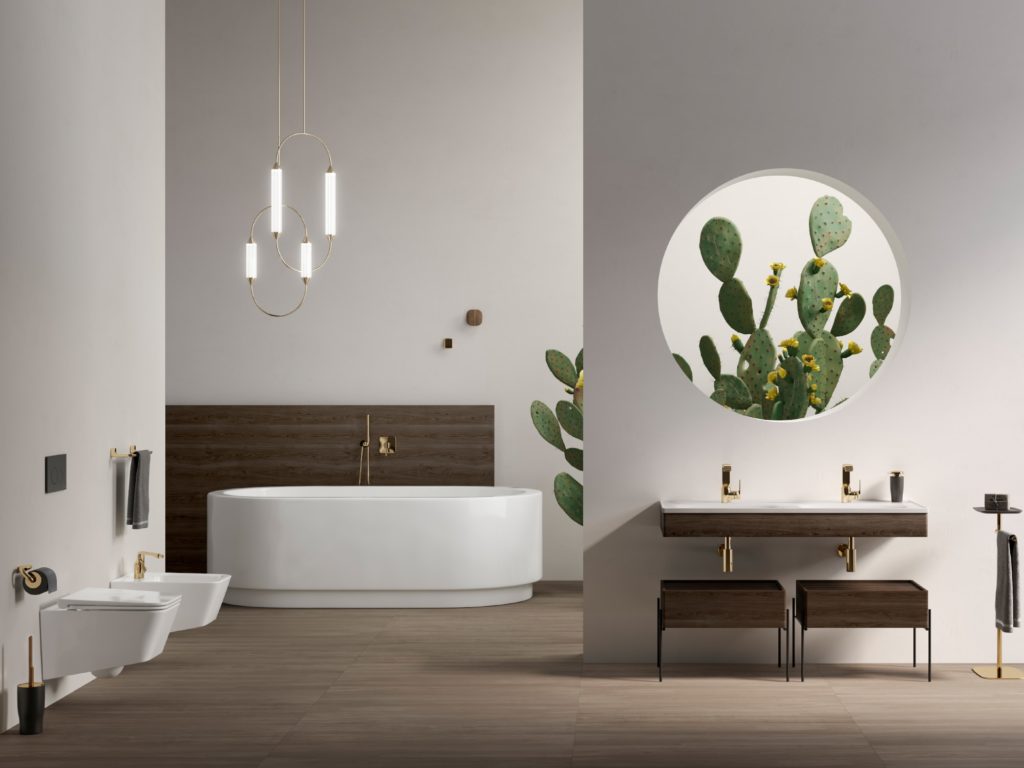
Claudio Bellini is the Principal at Studio Bellini, a multi-disciplinary atelier specializing in product, furniture, and interior design. The ethos of the Studio emerges from Bellini’s bird’s eye view, a practiced objectivity that creates opportunity and promotes excellence. Bellini also operates a Milan-based architecture practice. His client roster is prodigious, including Vitra, Steelcase, Poltrona Frau, Natuzzi, Walter Knoll, and Gebrüder Thonet, among many others. He is the recipient of multiple Good Design, iF Product Design, and RedDot awards. His work has been exhibited at the Triennale Museum in Milan. To find out more, see Claudio Bellini.
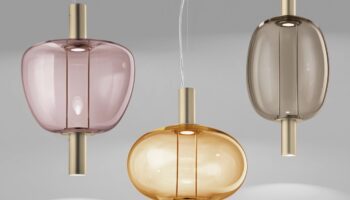

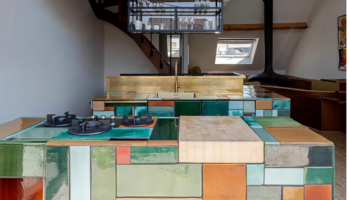

Leave a Reply